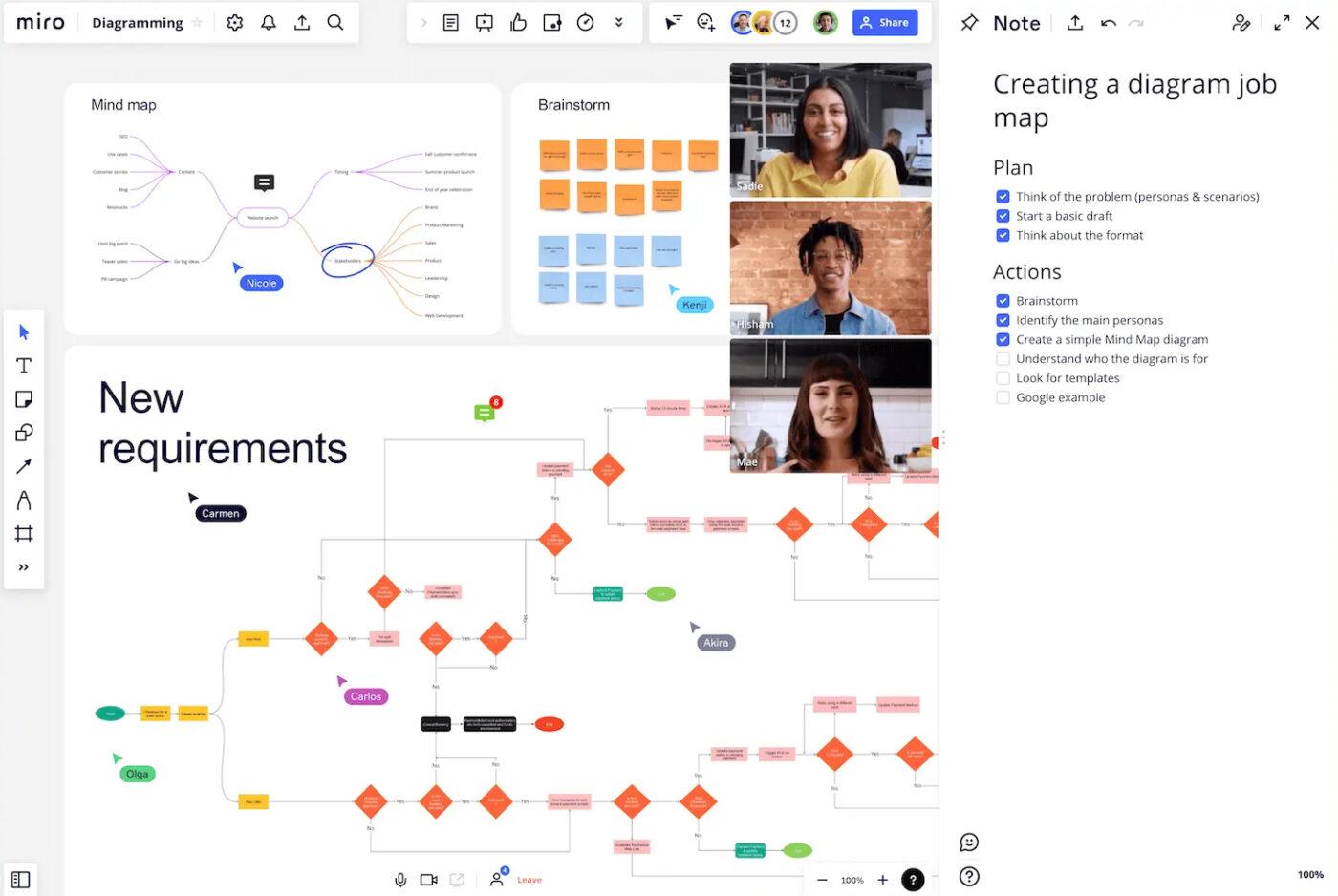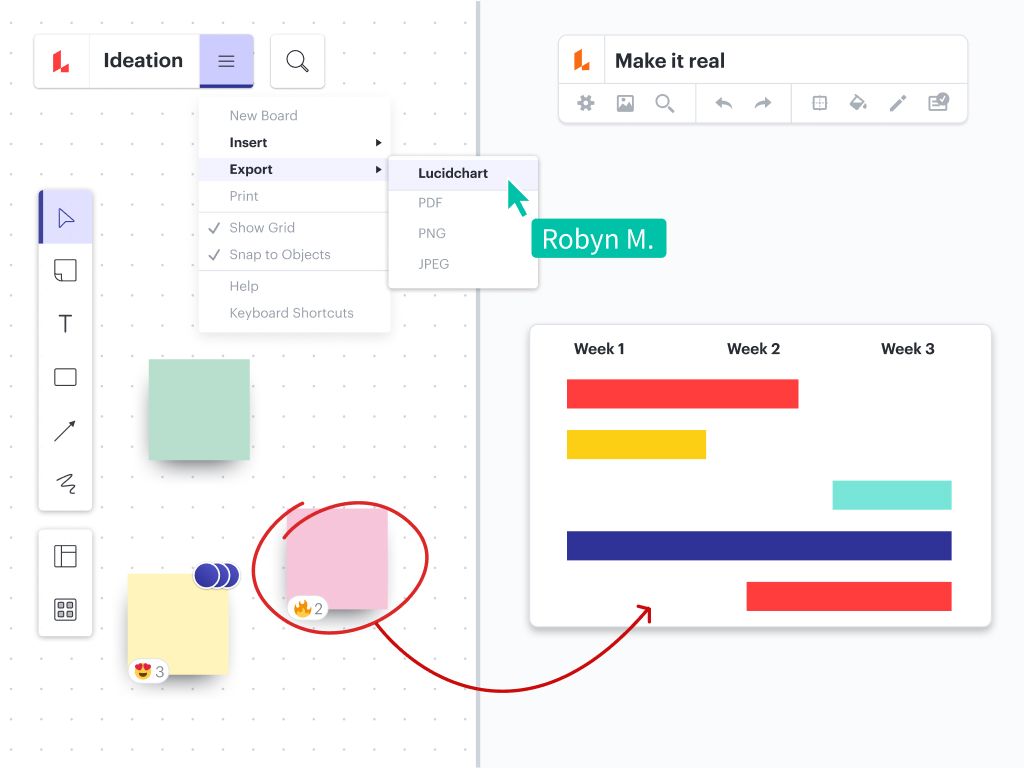

I definitely have learned a lot about how to bring in my own graphics or images in place of some of the shapes and I'm able to create and use the arrows within the processes, so it definitely has been useful for me." "Using Lucidchart for documenting processes is great. The web app makes it easy because everything is similar to other tools like Visio but Lucidchart feels a little bit more intuitive. Lucidchart is really, really valuable for its ability to create a process chart from start to end. You don't need to go through a lot of hoops to make it work." "Documenting things such as processes, systems, and new teams has been my primary use case.

You don't usually take a week-long series of training. You can get results very quickly without a lot of direct effort. It's very high because it's fairly intuitive, there's a low learning curve, and it's easy to get immediate output. "When it comes to documenting things like processes, systems, and new teams, I'd give it an eight or nine out of ten. Lucidspark users say technical support has been good.Ĭomparison Results: According to the reviews, Lucidspark is a superior solution because it offers more versatility and ease of use.

Still, they feel the visual can get a bit messy. Favorite features among Lucidspark users are the virtual whiteboard and the sticky notes. Lucidspark users like the solution's multiple-user functionality and the flexibility. However, users would like to set default appearance settings for new documents. They also value the extensive customization options. Features: Lucidchart users value the visibility, usability, and simplicity of use.Lucidspark users say the initial setup is simple as well. Ease of Deployment: Lucidchart users say the initial setup is pretty straightforward and only takes a couple of minutes.After reading all of the collected data, you can find our conclusion below. We compared Lucidchart and Lucidspark based on our users’ reviews in four categories.


 0 kommentar(er)
0 kommentar(er)
